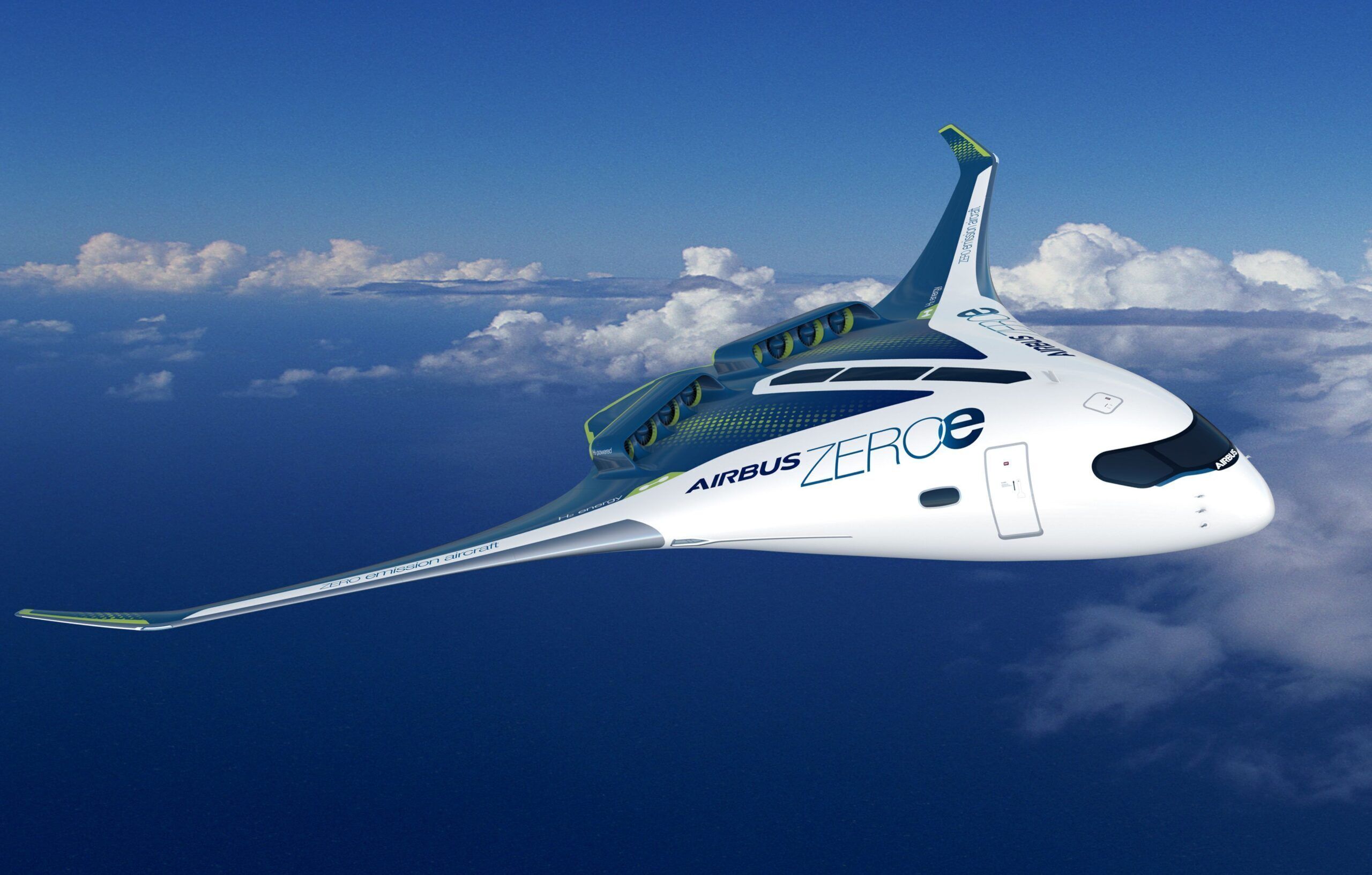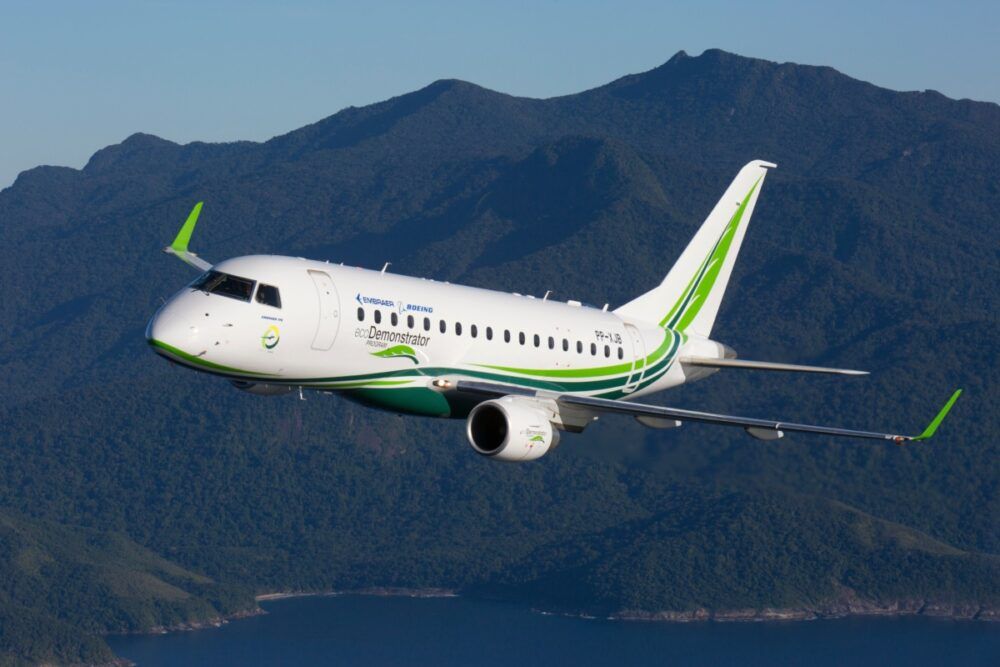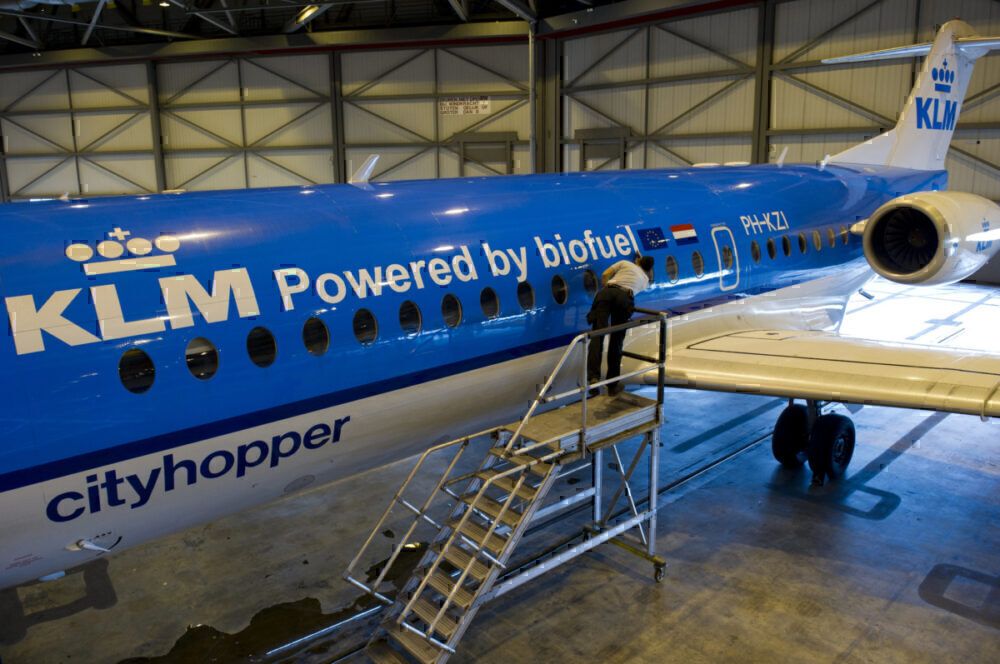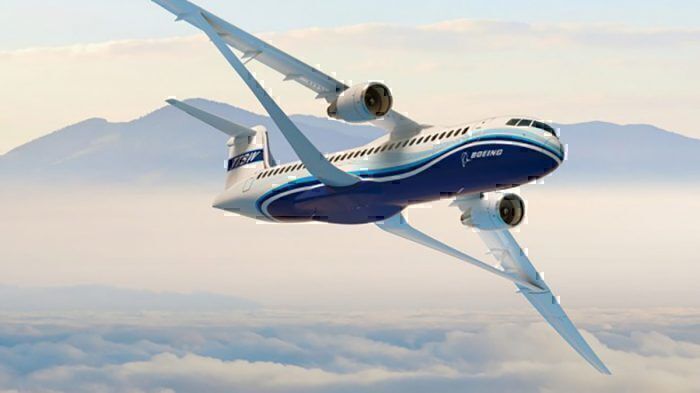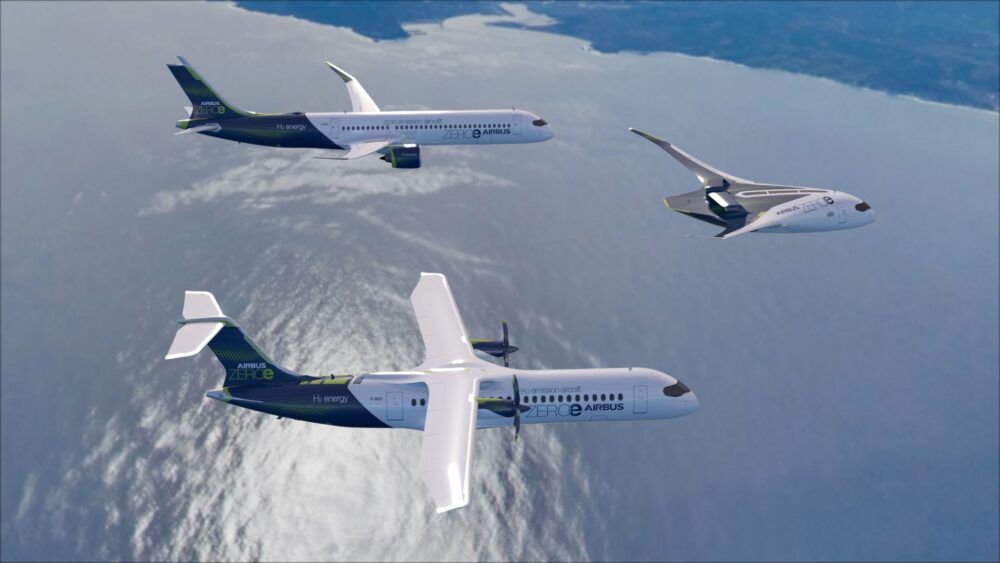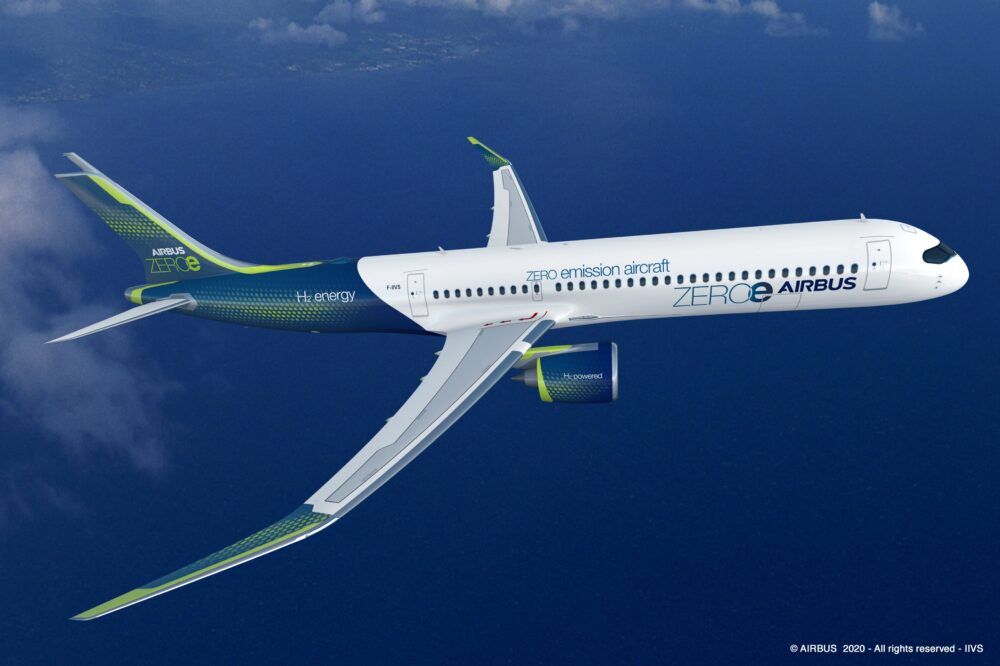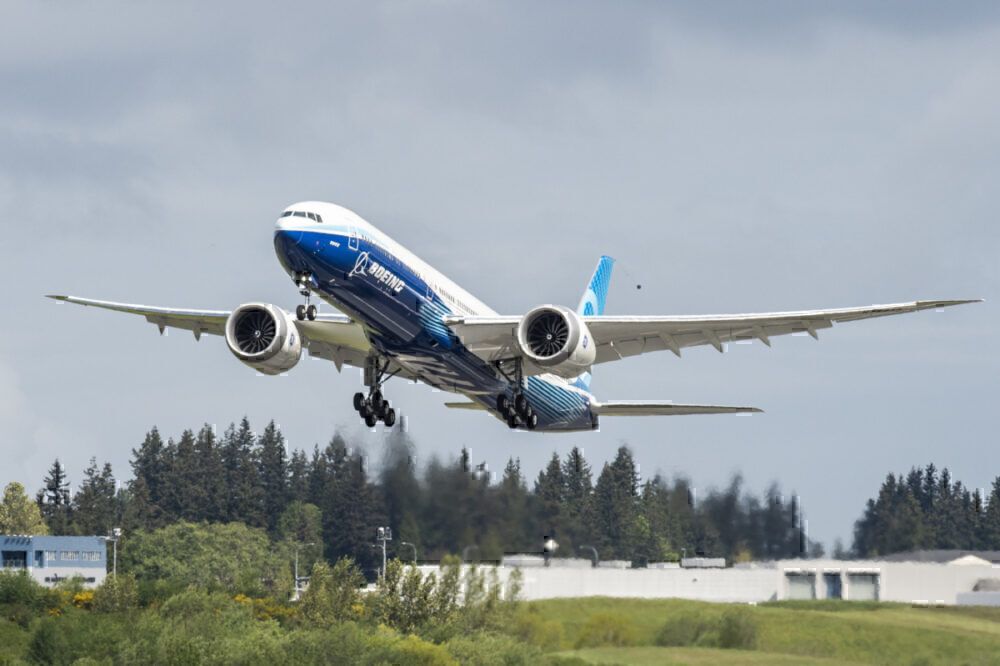While 2020 has been hard for aviation at large, it has also given us a preview it what the next generation of commercial aircraft will look like. The most drastic shifts will likely come in the form of efficiency and zero-emission aircraft. The future of commercial aircraft may also be very different from what we currently imagine.
All about emissions
Commercial aviation has exploded in the last two decades, with billions of passengers taking to the skies every day. Planes consume thousands of liters of aviation fuel per hour, emitting significant pollutants into the air, including carbon dioxide. According to EESI, aviation accounts for 2.4% of global CO2 emissions, a figure which has only been going up as more passengers fly every year.
Airlines and plane manufacturers have been taking steps to improve the situation, by building more efficient aircraft, ensuring high flight loads, and enacting carbon offsetting schemes. While this does make a difference, the future of aviation requires a drastic shift to reduce its climate footprint.
We will first discuss the near future of aviation and how manufacturers can work on making existing aircraft more efficient. One idea that has been in discussion for a while now is using sustainable fuel in place of the standard kerosene-based jet fuel. This would help scale back carbon emissions without new aircraft itself.
Sustainable aviation fuel is usually a combination of waste products, raw materials from fuel manufacturing, and other sustainable sources, blended into standard aviation fuel. This mixture is then used as fuel, reducing the overall fossil fuel usage per flight. Several airlines are now testing biofuels out and it has the potential to catch on soon.
The next generation of commercial aircraft is set to look very different from our current ideas of an aircraft. Thinking of a plane today, we envision a fuselage with two wings and two (or four) engines mounted on those wings. However, concept designs from Airbus and Boeing point to a very different idea for future commercial aircraft.
Boeing
Boeing recently unveiled a concept design for the future aircraft: the Boeing TTBW. The aircraft is made in collaboration with NASA and reimagines wing design. The plane features a Transonic Truss-Braced Wing (TTBW), which is far more aerodynamic, lightweight, and thinner than any current aircraft.
The most striking feature of this plane is the design and length of the wings. At 170 feet (51m), it's far longer than any narrowbody on the market and closer to the 787 or A350. To compensate for the wingspan, the wings also have the ability to nearly fold into half, with support provided by the truss.
Overall, the aircraft can deliver a 9% reduction in fuel burn on a flight of up to 3,500 nautical miles. The project could take the skies in 2030, perhaps making a play for the growing narrowbody market and 737 replacement.
Airbus
Airbus is pushing forward with a whole new idea of commercial aircraft, featuring zero emissions and new wing designs across the line. The European-aerospace giant released three designs for future aircraft in September, taking many by surprising due to their innovative designs.
We have previously covered the designs themselves in great depth, but here is a rundown of what these planes offer. The aircraft will run on hydrogen instead of fossil fuels, allowing them to operate with zero emissions. Hydrogen could make for a great alternate and help achieve climate goals; however, it remains a novel idea that needs further testing.
The three aircraft cover different market segments. One serves as a narrowbody replacement, with a range of over 2000nm and carries 120-200 passengers. The second aircraft is a replacement for regional aircraft, with a capacity for 100 passengers. These two aircraft offer efficient replacements for the current market-needs, which will be important to convince airlines to purchase them.
The final design is the most futuristic (pictured at the start), with a blended wing design that allows for new layouts and fuel storage. The plane can carry up to 200 passengers in varying configurations due to the fuselage design, which is wide and shorter. Could we be looking at 3-3-3-3 seating in the future? The engines are also located at the back, offering unique ways to store and distribute hydrogen fuel.
Airbus is clearly betting on a future of clean flying, where we heavily prioritize low emissions. By building designs that can easily replace our current aircraft fleets, it could have the winning formula for the future.
How close are we?
The next generation of aircraft undoubtedly looks to be game-changing, shaking up the ideas of what jet aircraft look like. The idea of low, or no emissions, would also push the aviation industry towards a sustainable future, an important step that is desperately needed. However, how close are we to achieving any of this?
The real answer is not very close. While we do have renders and statements, manufacturers are still in the process of designing the actual aircraft. There is no guarantee these ideas actually work in the world and the process itself can take a decade. Combining this with the new fuel sources, it could be well into the 2030s that we see anything close to a working aircraft.
While the next generation of aircraft is still a ways away, we also see developments in the current generation too. Boeing will release the 777X next year, which will offer unparalleled efficiency and lower fuel burn. The next generation of commercial aircraft is looking promising and we're certainly excited to see what takes to the skies!
What do you think about the next generation of commercial aircraft? Will it be as revolutionary as planned? Let us know your thoughts in the comments!

